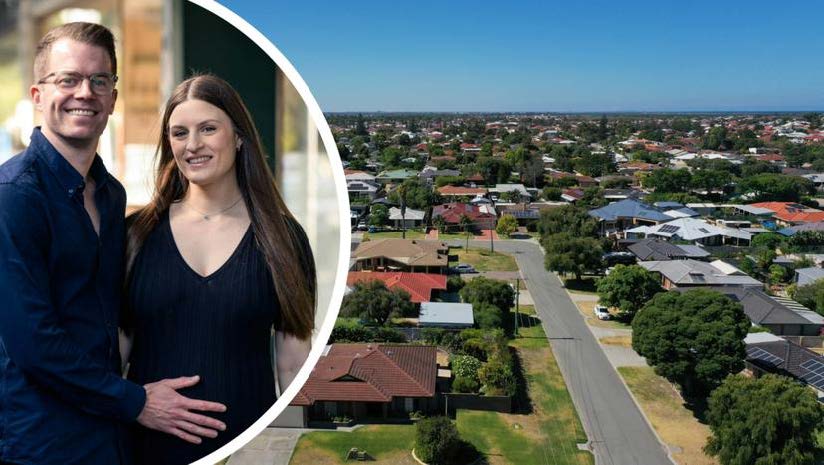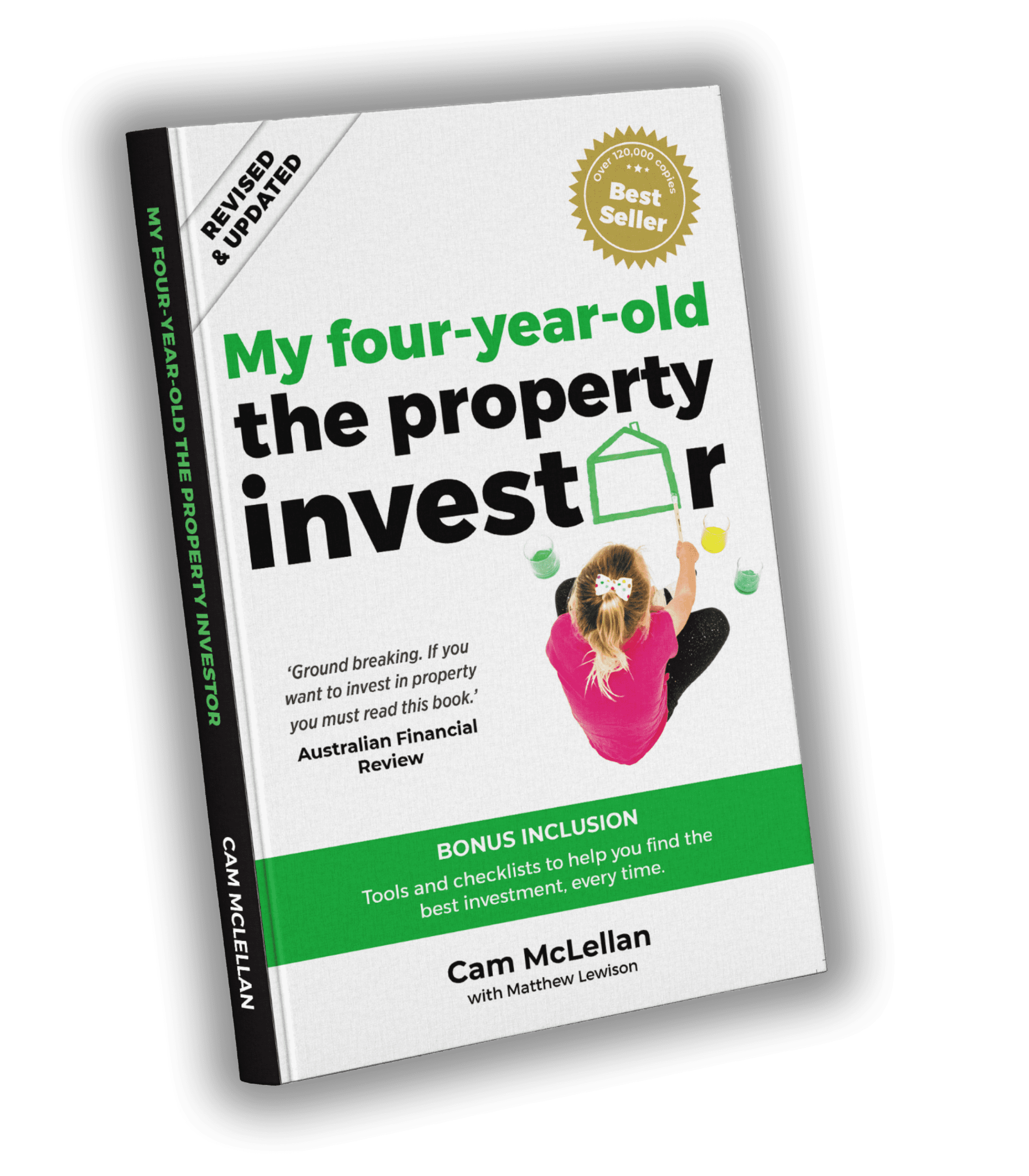I always enjoy reading Shannon’s articles. He has a casual writing style and seems to peppers his articles with a touch of data to back his points which always gives a solid feel.
Maybe I liked this article because Felicity keeps talking strategy to keep the kids at home longer. With Hannah our daughter being six years old currently I think she needs to relax a little.
Enjoy!
An analysis of new research shows that young males with folks who earn in excess of $100,000 are more likely to stay living at home for “lifestyle reasons”. What does this mean for the property market?
BY SHANNON MOLLOY
Data crunching by property portal realestate.com.au has shown that when it comes to flying the family nest, the financial comfort of your parents plays a big part. And the boys are more likely to stick around mooching off mum and dad far longer than girls.
It’s hard to blame them – independence is expensive. Cheap board, a pantry that miraculously fills itself and the comforting familiarity of the coop are hard to beat, especially when capital city rents continue to rise while vacancy rates tighten.
And when so many of their friends are doing it, there’s a significantly reduced social stigma of still living at home.
There’s even some suggestion from researchers that mum and dad, for all the lamenting at friends’ barbecues, actually enjoy their kids sticking around. It’s nice. They feel loved. It gives them something to do.
But it’s not just the kids of better off parents sticking around. Across the board, young people are putting off getting a place of their own.
The latest Census data indicates that young Australians are staying at home with their parents for longer too. The average age for leaving home has been on a steady increase over recent years, and only 17 per cent of those looking to rent a property are aged under 25.
According to the realestate.com.au research, the average tenant in Australia is a female aged between 35 and 49 who earns an income in excess of $50,000 and is looking to pay about $300 per week for a rental property.
Overall, girls are more likely to leave home sooner while the boys of financially comfortable parents will stick around far longer. In fact, less than 30 per cent of those looking to rent a property are male.
When they do eventually get out into the world on their own and sign a lease, a growing number of young people believe that’s where they’ll stay. The dream of homeownership seems too arduous, costly and constricting. They prefer the freedom to pack up and ship off or devote their incomes to other things.
There’s the perceived issue of affordability too – one-third of generation Y renters believe they’ll never be able to afford to buy. Well, to buy the property they want the first time around anyway, which is typically a unit close to the CBD of a capital city.
While there hasn’t been a lot of reliable research done on the impact this shift in living habits is having on the property market, experts have come to a couple of anecdotal conclusions.
For one, it’s believed that kids who stay living at home into their 20s might actually be the catalyst for their parents to upgrade the family home, adding extensions or new bedrooms to create more pleasant living areas. There are obvious benefits to this – a boost to the home improvement sector and also the value of mum and dad’s primary asset.
On the flipside, it means there are fewer first homebuyers entering the property market. The importance of first-time buyers is wide reaching. Obviously it’s good to be in the market – it offers a sense of stability and future security while building personal wealth. But it’s also critical for the strength of the broader market.
When would-be first homebuyers are still kicking back at their parents’ place, rather than scouring cheaper middle-ring suburbs for their own pile of bricks and mortar, it has a ripple effect up into different buyer segments.
For example, former first homebuyers have fewer buyers for their properties, meaning it’s harder for them to sell and upgrade to the next rung. In essence, activity at the bottom tends to stimulate the middle, analysis of data has shown.
We’ve already seen a sharp slide in the number of first-timers over recent years, thanks in large part to economic uncertainty, tougher lending criteria from the banks and low consumer confidence.
First homebuyers are one of the few missing pieces of the property market puzzle and governments should be encouraging them to make those initial steps towards a place of their own. There needs to be a total rethink of cash grants, assistance like deposit saver accounts, lending practices, affordable housing and more.
It’s good for the future security of the next generation, it’s good for the stability of the housing market, it’s good for the strength of the economy, and it’s good for boosting rental market supply.
Shannon Molloy is the deputy editor of Australian Property Investor magazine, www.apimagazine.com.au








